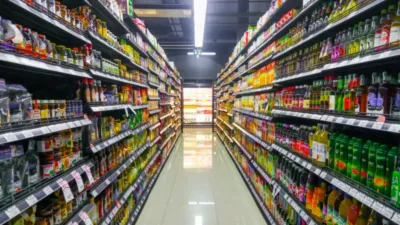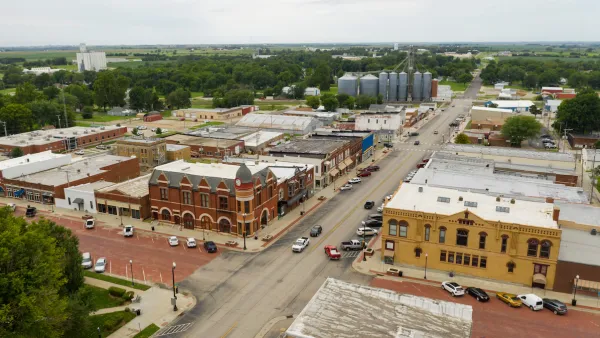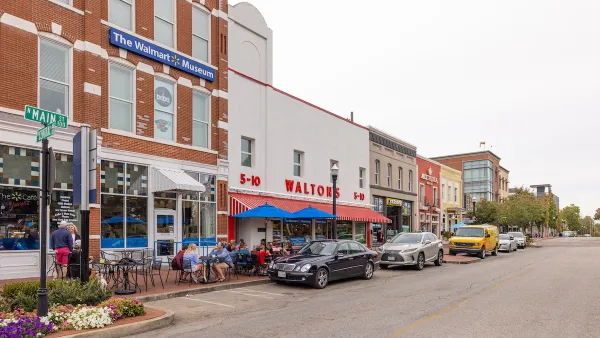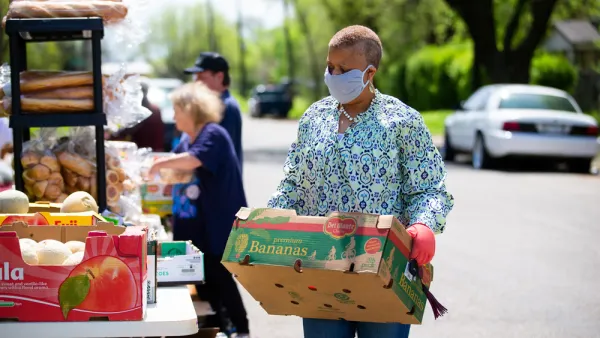As pandemic-era assistance programs expire, the rate of food insecurity for rural households is rising higher than in their urban counterparts.

“The percentage of rural households experiencing food insecurity grew by 4 points in 2022 to 15%,” as compared to a growth of 12 percent in metropolitan areas, reports Sarah Melotte for The Daily Yonder.
“The increasing gap between rural and urban food insecurity suggests that rural communities are struggling to bounce back from pandemic challenges more than their urban peers,” Melotte adds.
One aspect of growing food insecurity is the loss of free school meal programs, the cost of which can add up for a low-income family. “At the end of 2021, Congress also allowed the expiration of the expanded child tax credit. The credit cut child poverty in half during the first year of the pandemic. But new census data shows that child poverty doubled after the expansions ended.”
The article also attributes the higher rate to renewed work requirements for SNAP recipients and increases in the cost of living that “disproportionately hurt rural communities because they deal with both longer distances to grocery stores and higher fuel prices.”
FULL STORY: Food Insecurity Increased Faster in Rural Areas than Urban Ones Last Year

National Parks Layoffs Will Cause Communities to Lose Billions
Thousands of essential park workers were laid off this week, just before the busy spring break season.

Retro-silient?: America’s First “Eco-burb,” The Woodlands Turns 50
A master-planned community north of Houston offers lessons on green infrastructure and resilient design, but falls short of its founder’s lofty affordability and walkability goals.

Delivering for America Plan Will Downgrade Mail Service in at Least 49.5 Percent of Zip Codes
Republican and Democrat lawmakers criticize the plan for its disproportionate negative impact on rural communities.

Test News Post 1
This is a summary

Test News Headline 46
Test for the image on the front page.

Balancing Bombs and Butterflies: How the National Guard Protects a Rare Species
The National Guard at Fort Indiantown Gap uses GIS technology and land management strategies to balance military training with conservation efforts, ensuring the survival of the rare eastern regal fritillary butterfly.
Urban Design for Planners 1: Software Tools
This six-course series explores essential urban design concepts using open source software and equips planners with the tools they need to participate fully in the urban design process.
Planning for Universal Design
Learn the tools for implementing Universal Design in planning regulations.
EMC Planning Group, Inc.
Planetizen
Planetizen
Mpact (formerly Rail~Volution)
Great Falls Development Authority, Inc.
HUDs Office of Policy Development and Research
NYU Wagner Graduate School of Public Service





























